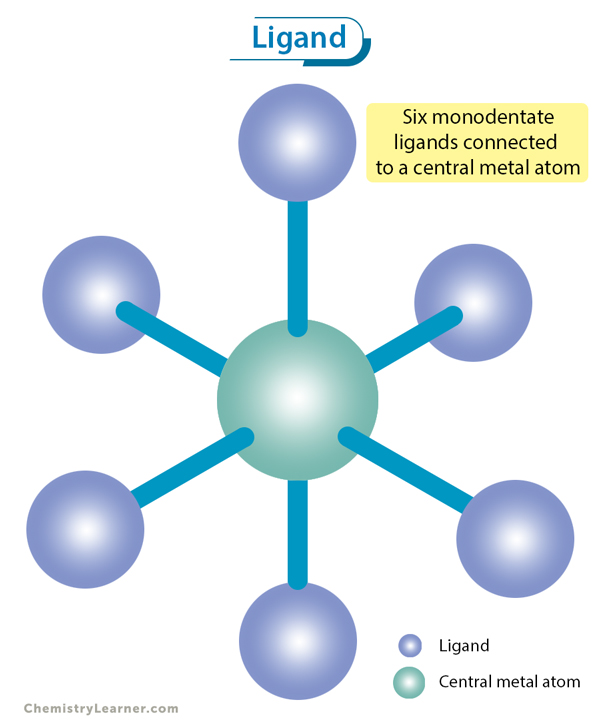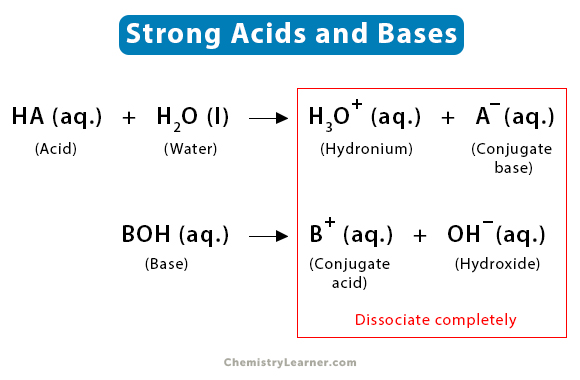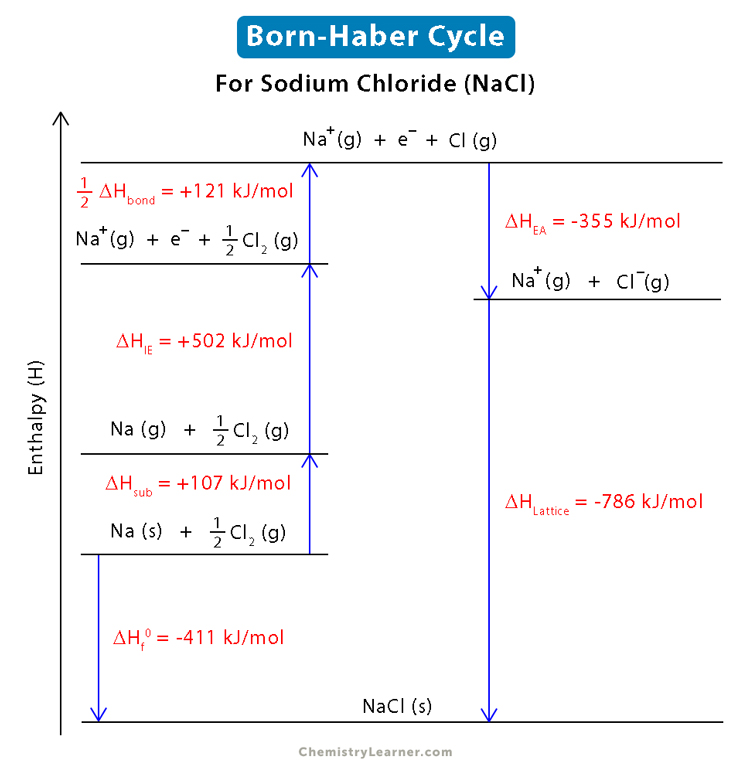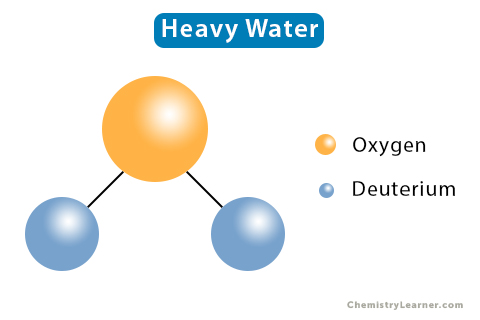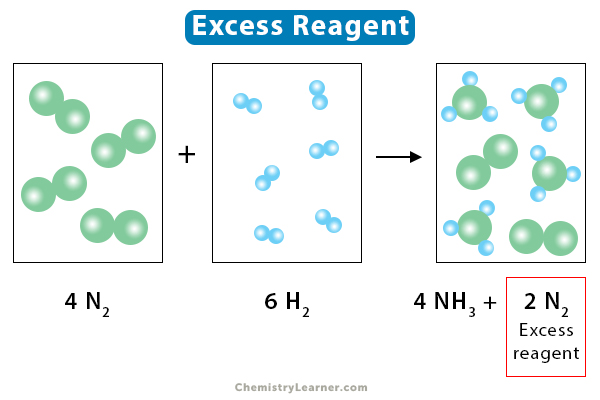Antimony Trioxide
- Antimony Trioxide Chemical Formula
- Antimony Trioxide Synonyms
- Antimony Trioxide CAS No
- Density
- Vapor Density
- Boiling Point
- Melting Point
- Solubility of Antimony Trioxide
- Formation by Reaction of Antimony with Air and Water
- Antimony Trioxide Availability
- Antimony Trioxide Uses
- Other Properties and Facts
- Material Safety Data Sheet (MSDS)
It is one of the most important chemical compounds of antimony. It appears as white or gray in color in cubic crystalline form.
Antimony Trioxide Chemical Formula
The chemical formula of this compound is Sb2O3.
Antimony Trioxide Synonyms
It is also known by other names such as
- Antimony White
- Antimony (III) Oxide
- Atox B
- Atox F
- Antimony Bloom 100A
- Bluestar RG
- Flowers of Antimony
- Antimony Sesquioxide
- Bluestar Z
- Diantimony Trioxide
- FireShield H
- Thermoguard B
It has some more trade names.
Antimony Trioxide CAS No
CAS No of this compound is 1309-64-4.
Antimony Trioxide Structure
Its structure depends on the temperature of sample. Under high temperature (1560°C), dimeric Sb4O6 is noted. Sb4O6 molecules appear as bicyclic cages similar to that of related oxides of phosphorus (III) and phosphorus trioxide. The cage structure is maintained in crystallized solid in a cubic habit. Distance between Sb-O is 197.7 pm with an O-Sb-O angle of 95.6°. Below 606 °C, the more stable type is orthorhombic that includes pairs of Sb-O chains linked by oxide bridges between the Stibium centers.
The compound has a dipole moment of zero.
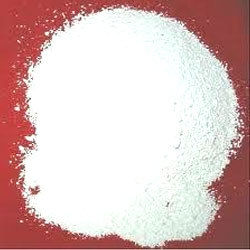
Picture 1 – Antimony Trioxide
Source – indiamart.com
Density
The density of this compound is 5.7 (g cm-3).
Vapor Density
Vapor density of this inorganic compound is 10 (air = 1).
Boiling Point
Boiling point of Antimony Trioxide is 1425°C.
Melting Point
Melting point of Antimony Trioxide is 655°C.
Solubility of Antimony Trioxide
It is only with hydrolysis that this substance becomes soluble in aqueous solutions: typical of most other polymeric oxides. It is marginally soluble in water.
Formation by Reaction of Antimony with Air and Water
Antimony reacts with oxygen in air on heating forming Sb2O3. The flame is bluish white. The chemical reaction is given as:
4Sb(s) + 3O2(g) → 2sb2O3(s)
Antimony reacts with water at red heat forming Sb2O3. This is expressed as:
2Sb(s) + 3H2O(g) → Sb2O3(s) + 3H2(g)
Antimony Trioxide Availability
It is found in nature as the minerals Valentinite and Senarmontite. Many commercial manufacturers produce Antimony Trioxide using stibnite ores (Antimony Trisulfide) or as a by-product of lead smelting. Antimony Trioxide can also be produced using Antimony Trichloride, which is derived from Stibnite. Although not feasible for commercial purposes, this inorganic compound can also be produced by burning elementary Antimony in air. Countries that produce Antimony Trioxide in the most quantities are:
- China
- South Africa
- Bolivia
- Russia
- Tajikistan
- Kyrgyzstan
Antimony Trioxide Uses
This inorganic compound has a number of industrial uses. They can be summed up as follows:
- It is used as a pigment for other antimony compounds.
- It is used as an ingredient in fire retardant paints. Paint manufacturers use it as a white pigment. It is also with other substances to produce yellow pigments.
- This chemical is used in fire-retardant composition of plastics, paper, textiles and rubbers.
- It is also deployed as a catalyst in the chemical industry
- Glass and ceramic producers use it as an improver. Glass manufacturers use it to remove bubbles (degasser) and as a fining agent.
- It is used as an opacifier in porcelain and enameling products.
- It is used to improve functioning of halogenated flame-retardants by sequentially freeing halogenated radicals to slow down gas phase chain reaction of flames dispersed.
- In Titanium Dioxide preparation, it is used as a flocculant.
Other Properties and Facts
- Its refractive index is 2.087 (nD).
- Strength of its izod effect and translucency are two chief features that are reduced because of the size of particle and color strength of antimony trioxide. Reduction in translucency restricts choice of accessible color due to high loading needed to counterbalance the pigmentation of Antimony Trioxide.
- Synergy between antimony and halogenated flame-retardants is well exploited in flame-retarding thermoplastics.
- Other related compounds are Diantimony Tetraoxide and Antimony Pentoxide.
Material Safety Data Sheet (MSDS)
This is a stable compound and does not react with strong reducing agents. While dealing with this substance, care should be taken because of its toxic effect.
Toxicology
If inhaled, ingested, or absorbed through skin, this substance can have damaging effects. Exposure to this chemical is suspected of causing cancer, but there is little evidence of its carcinogenic effect. It is non-hazardous for air, sea, or road transportation.
- References
- http://www.aluminahydrate.com/antimony-trioxide.html
- http://www.amspec.net/products/flame-retardants/antimony-trioxide/
- http://pubs.acs.org/doi/abs/10.1021/cm9805119
- http://www.webelements.com/antimony/chemistry.html
